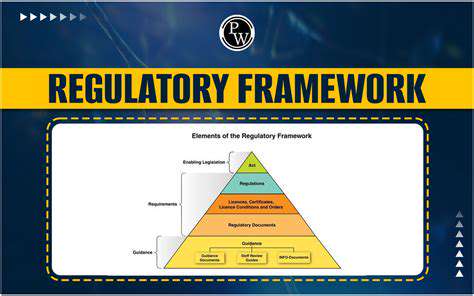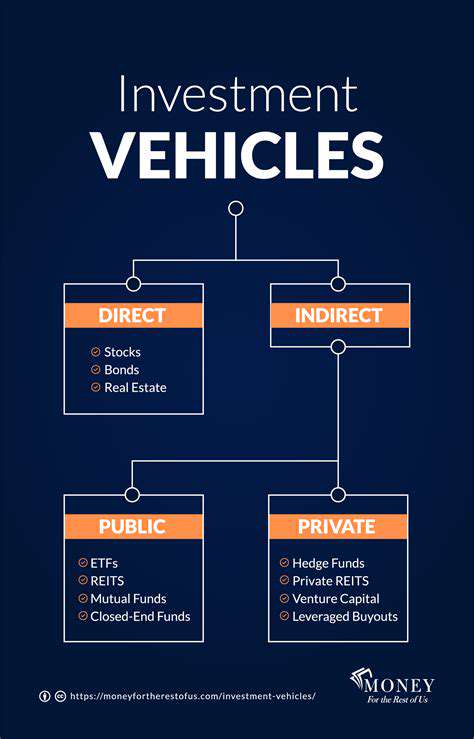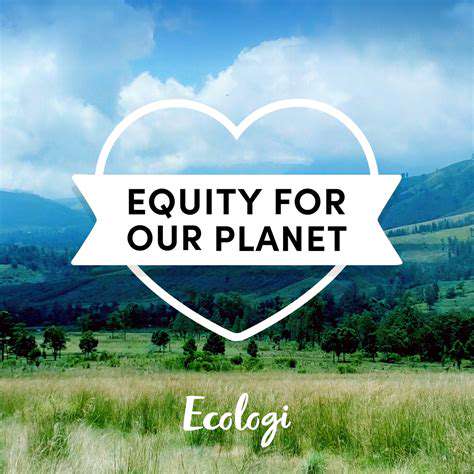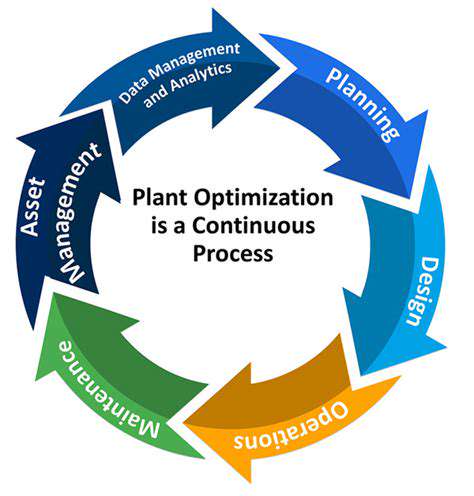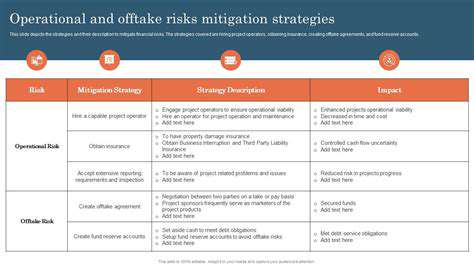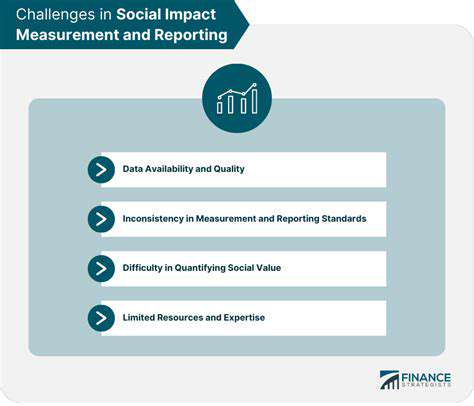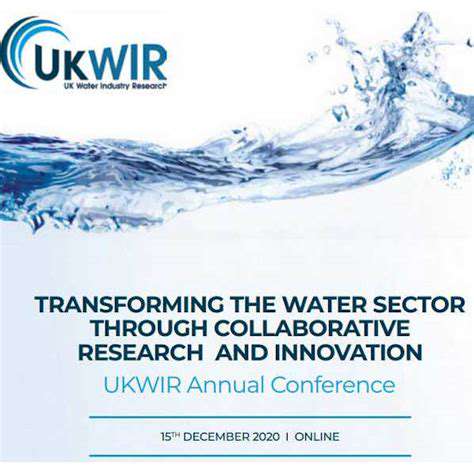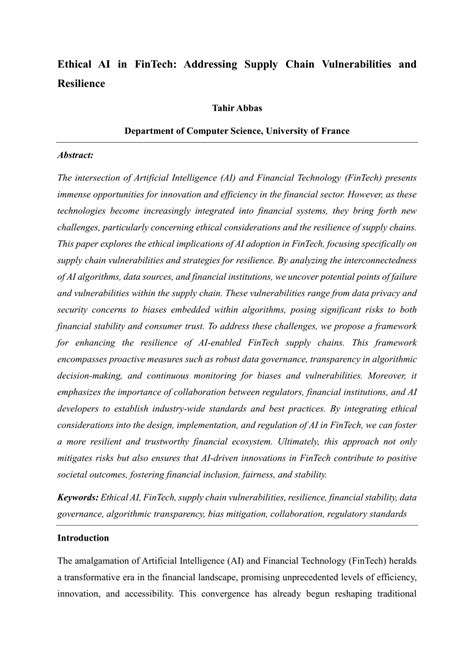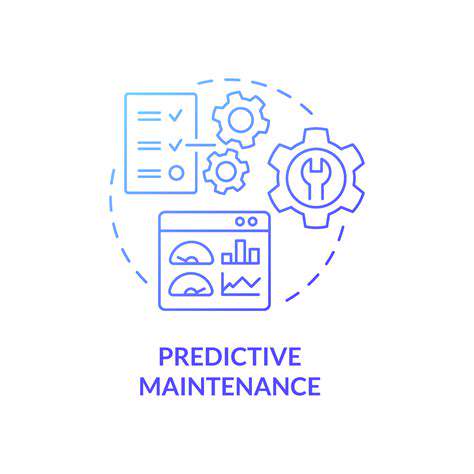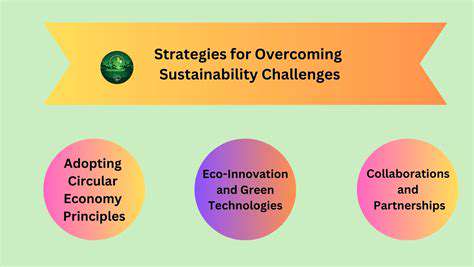Environmental Aspects of Energy Storage
Material Composition and Environmental Impact
Lithium-ion batteries have transformed portable electronics and electric vehicles but present complex environmental considerations. Their construction materials—including lithium, cobalt, nickel, and manganese—often originate from ecologically sensitive areas. Extraction processes can cause habitat destruction, water pollution, and greenhouse emissions, creating substantial carbon footprints.
Material refinement and processing typically require intensive energy inputs, further contributing to emissions. Environmental impacts extend beyond sourcing to manufacturing phases, complicating sustainability assessments.
Manufacturing Processes and Energy Consumption
Lithium-ion battery production consumes significant energy, particularly during cathode material creation. Nickel and cobalt-based cathodes demand especially high energy inputs, influencing overall carbon outputs. Optimizing production techniques and incorporating renewable energy sources are critical steps toward greener manufacturing.
Different battery chemistries exhibit varying energy consumption patterns during production. Understanding these differences proves vital for informed technology selection and sustainable storage development.
End-of-Life Management and Recycling
Battery disposal presents major environmental challenges, as improperly handled units can release hazardous materials. Effective recycling infrastructure is essential for material recovery and waste reduction. Current recycling technologies continue evolving, with recovery rates varying for different materials. Further research is needed to establish circular economies for lithium-ion batteries.
Lifecycle Assessment and Sustainability Metrics
Comprehensive lifecycle analyses (LCAs) evaluate battery impacts from production through disposal. These assessments examine material extraction, manufacturing, usage, and end-of-life phases to provide complete environmental impact understanding.
Standardized sustainability metrics must incorporate multiple factors—including carbon emissions, water usage, land requirements, and waste generation—to facilitate accurate technology comparisons.
Alternatives and Future Directions
Researchers are exploring alternative chemistries like sodium-ion and solid-state batteries to reduce reliance on scarce materials. Transitioning to these options requires substantial R&D investments and represents a long-term solution.
Improved recycling methods and stricter environmental regulations are essential for minimizing lithium-ion batteries' ecological impact and ensuring sustainable storage solutions.
Public Policy and Industry Collaboration
Government policies can promote sustainable practices through R&D incentives and recycling regulations. Tax credits and emissions standards may encourage companies to adopt circular economy models and cleaner technologies. International cooperation is crucial for advancing sustainable battery development.
Impact on Specific Sectors
Lithium-ion batteries significantly influence transportation, renewable energy storage, and consumer electronics. Growing electric vehicle adoption increases material demand and affects the transportation sector's environmental footprint. Renewable energy systems' storage needs emphasize the urgency of developing sustainable battery solutions.
Flow Batteries: A Promising Alternative
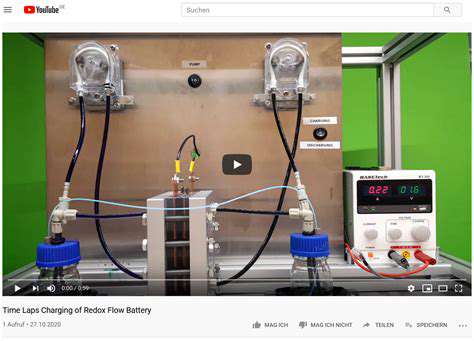
Flow Batteries: A Powerful Energy Storage Solution
Flow batteries represent significant progress in energy storage technology, offering advantages over conventional batteries. Their unique electrolyte-electrode separation provides scalability, longevity, and potential for high energy density, making them ideal for grid-scale applications and critical infrastructure support.
A key benefit involves their enhanced safety profile compared to lithium-ion batteries, as they utilize less flammable electrolytes, reducing thermal runaway risks—a crucial factor for large-scale urban deployments.
Scalability and Durability: Key Advantages
Flow batteries' modular design enables straightforward capacity expansion through additional electrolyte tanks, without proportional size increases. This feature addresses growing demands for large-scale renewable energy integration.
These systems demonstrate exceptional durability, often outlasting lithium-ion batteries, which reduces maintenance needs and replacement frequency. Their robust architecture ensures consistent long-term performance for grid stabilization and backup power applications.
Technical Challenges and Future Directions
Flow batteries still face technological hurdles, particularly in developing cost-effective, high-performance electrode materials. Improving energy density remains another focus area to enhance competitiveness with alternative storage solutions.
Despite current limitations, flow batteries show tremendous potential for supporting sustainable energy transitions through continued research and development.
Recognizing our cognitive biases represents a crucial step in personal development. These mental shortcuts frequently lead to inaccurate self-assessments and capability judgments. By identifying these patterns, we can counteract their influence and cultivate more constructive self-perceptions.
Other Emerging Technologies: Exploring the Possibilities
Beyond Solar and Wind: Geothermal Energy
Geothermal energy leverages Earth's internal heat as a consistent renewable source, particularly in geologically active zones. This technology can power various applications while reducing fossil fuel dependence and environmental impact. Geothermal plants typically demonstrate lower carbon emissions than conventional power sources.
Ongoing innovations like enhanced geothermal systems (EGS) and improved heat exchangers aim to expand viable locations and efficiency. While geological complexities and extraction concerns remain, geothermal energy's long-term benefits justify continued research investment.
The Rise of Biofuels: Sustainable Alternatives
Biofuels derived from biomass—including agricultural waste and algae—offer potential petroleum alternatives. Modern production methods increasingly utilize non-food sources to minimize food security impacts. Environmental benefits vary by feedstock and production process, requiring ongoing optimization for maximum sustainability.
Smart Grid Technologies: Enhancing Efficiency and Reliability
Smart grids incorporate digital systems for real-time energy management, enabling consumer participation and improved efficiency. These technologies support renewable integration and grid resilience while reducing energy waste. Security and privacy concerns must be addressed during implementation.
Carbon Capture and Storage: A Necessary Tool for Mitigation
CCS technology captures industrial CO2 emissions for underground storage, helping mitigate climate change. While promising, widespread adoption faces cost, capacity, and safety challenges. Continued research focuses on improving capture efficiency and storage reliability for this critical climate solution.
